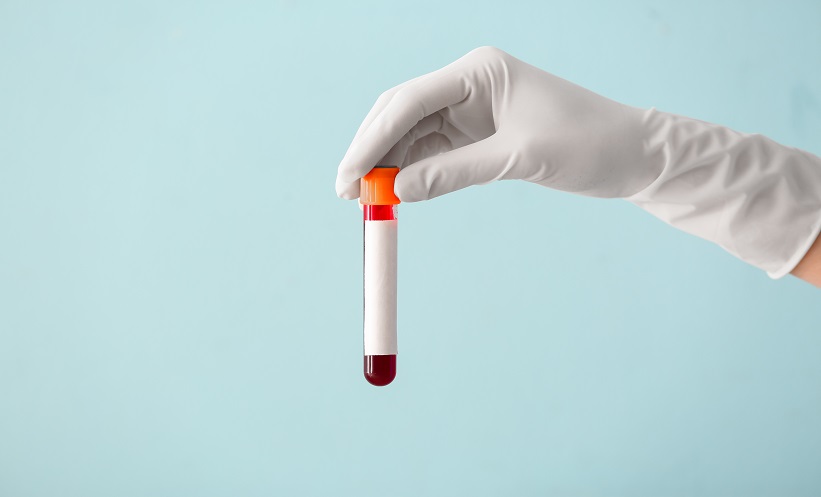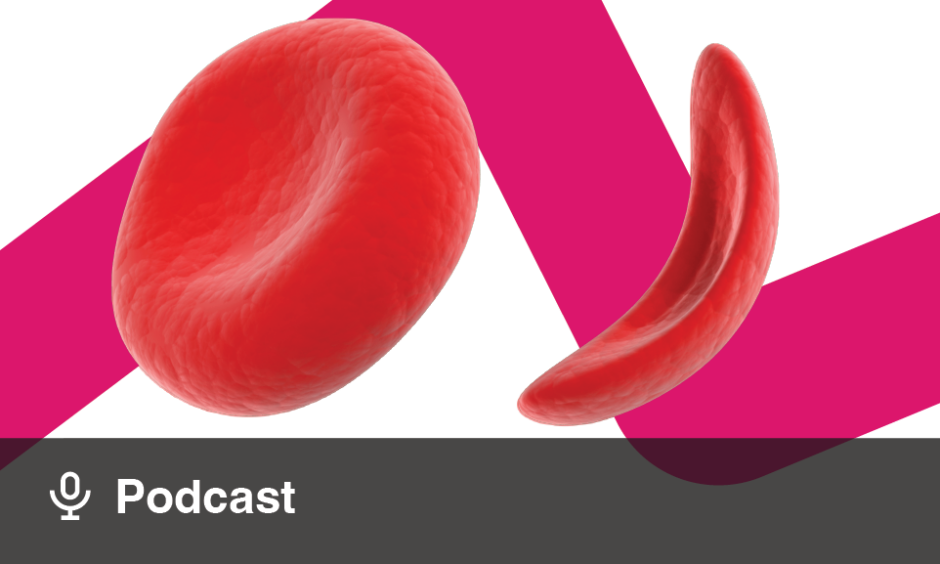A groundbreaking study has highlighted the clinical significance of circulating tumour cells (CTCs) in the blood of multiple myeloma (MM) patients, proposing a new cutoff that could enhance risk stratification and treatment outcomes. Using next-generation flow cytometry, researchers analysed 550 bone marrow (BM) and matched peripheral blood (PB) samples to define an optimal CTC threshold for newly diagnosed MM (NDMM) patients, both transplant-eligible and ineligible.
CTCs, though rare in peripheral blood, were detected in 90% of patients, with levels ranging from 0.0002% to 12.6% (median 0.01%). Higher CTC levels were associated with adverse clinical features, including a diffuse MRI pattern, altered BM composition, and significant phenotypic differences between BM and PB clonal cells. These findings correlated with worse progression-free survival (PFS) and overall survival (OS), which deteriorated with each logarithmic increase in CTCs.
Notably, NDMM patients without detectable CTCs experienced exceptional outcomes, boasting 5-year PFS and OS rates of 83% and 97%, respectively. The study identified a CTC cutoff of 0.02% as an independent predictor of poor prognosis, unaffected by other risk factors like the International Staging System (ISS), lactate dehydrogenase (LDH) levels, and cytogenetics.
This 0.02% cutoff also improved risk stratification when combined with the monoclonal gammopathy of undetermined significance (MGUS)-like phenotype and the Revised International Staging System (R-ISS). Although minimal residual disease (MRD) negativity was less common in patients with CTC levels ≥0.02%, achieving MRD negativity negated the otherwise poor prognosis for these patients.
The study underscores the potential of CTC assessment in MM, advocating for the adoption of the 0.02% cutoff to refine risk stratification and guide treatment decisions, ultimately improving patient outcomes.
Reference:
Kostopoulos IV et al. Low circulating tumor cell levels correlate with favorable outcomes and distinct biological features in multiple myeloma. American Journal of Hematology. 2024.







